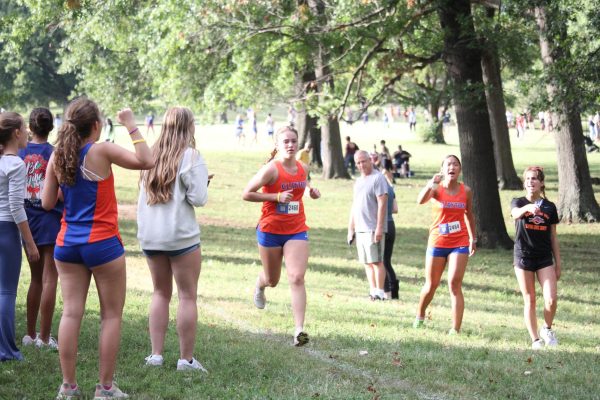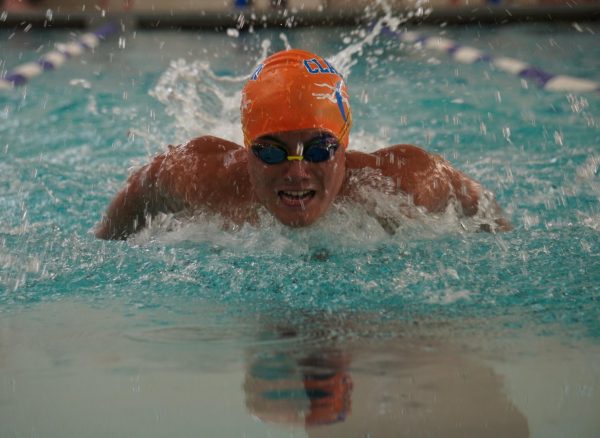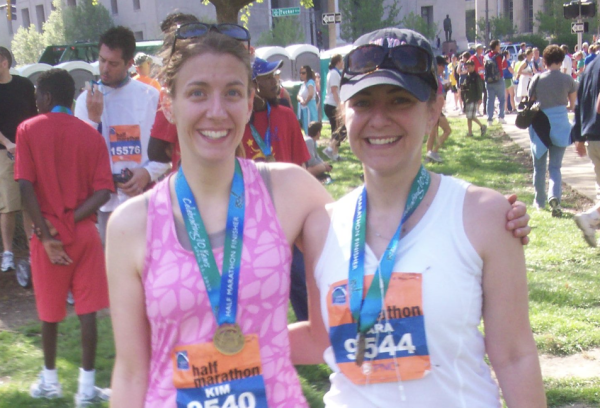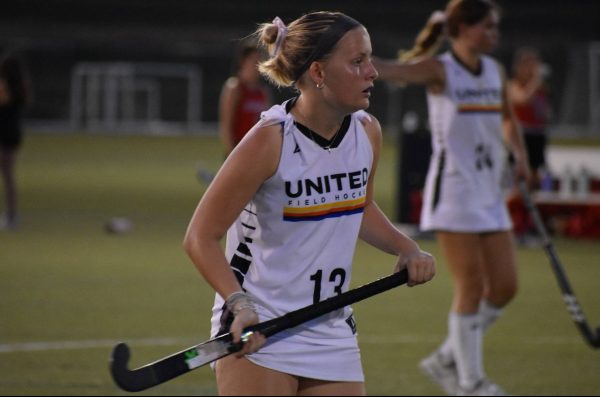Active for an A
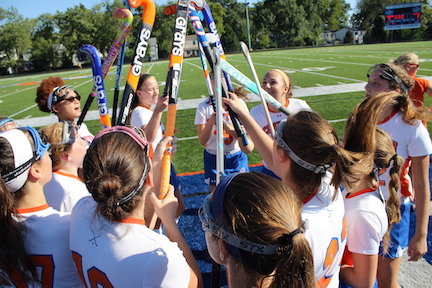
Media and stereotypes generally portray student athletes as “dumb jocks”, but student-athletes are smarter than you may think. Countless studies show that being active during the day can increase brain activity and benefit learning. So maybe we should think twice about groaning when we have P.E. or an extra long practice, because it may actually be helping you get that A in English.
Exercise is great for your body. It releases endorphins which make us happy, relieves stress, and even if we were struggling in the moment, exercising makes people feel great. Participating in a sport can not only affect a person’s well being and social life, but their academic achievements as well. Countless studies have shown a correlation between students’ grades, attendance, motivation, and if they participate in a sport. An article done by The University of Kansas explained this correlation. Angela Lumpkin, a professor or sport, health, and exercise sciences says this, “What we are saying is participation [in sports] is important. Whether it’s learning time management or handling expectations from someone in their life like coaches, teammates or family members, athletes are learning discipline,” With athletes’ busy schedules, time is limited, requiring student-athletes to work more diligently on school work. Students-athletes may also feel pressured to do well in school because poor grades can make the athlete not eligible to play. Making quick decisions in sports trains student-athletes to become quick thinkers and problem solvers in school which is extremely beneficial to them in school and beyond. The correlation between schools’ academic performance and their athletic performance is remarkable.
In St. Louis the 15 best schools were ranked by the number of sports offered, the participation level, and reviews by the community. These schools were also ranked by test scores, graduation rates, teacher performance, and community input. The majority of the schools were in both categories. This means that the best schools in St. Louis in sports, are also the best in academics.
But what happens when schools cut sports? Numerous schools across the country cut sports because of participation rates, cost, and even because they deem sports as distracting to students. But schools that cut sports are negatively impacted by this decision. Hazelwood, a St. Louis school, received massive budget cuts that left the music and physical education departments short. The result of this could be devastating for athletes who struggle in school without the stimulation and benefits of physical activity. Reducing the availability of sports has a negative impact on the school and students.
In Clayton, we have a very unique policy in our athletic department, described by Athletic Director Bob Bone. The no-cut policy. This policy has encouraged Clayton students since the early 90’s to be more active, and maybe try a sport they have never participated in before. Mr. Bone says that, “students can learn things through athletics and extracurriculars that they can’t learn anywhere else.” The no-cut policy has been extremely successful in getting students at Clayton to participate in sports. In fact, Mr. Bone also told us, “87-90% of our graduating seniors have participated in a sport at some point in their high school career. And the number per year is somewhere in the 500’s.” So, how does this benefit our students other than just being fit? Well a midwestern school district performed a study to see if there is a difference in GPA between athletes and non-athletes. The article reflecting on this study shows this exact point. “The group of athletes was determined to have a higher GPA, averaging 3.25. The non‐athletes averaged a GPA of 3.01, significantly lower than the athletes.”
So maybe consider picking up that sport you’ve never tried before, or sticking with the one you are currently in because it could be benefiting you more than what you think.
A $50 or more donation includes a subscription to the Clayton High School Globe 2024-2025 print news magazine.
We will mail a copy of our issues to the recipients of your choice.
Your donation helps preserve the tangible experience of print journalism, ensuring that student voices reach our community and that student democracy thrives.
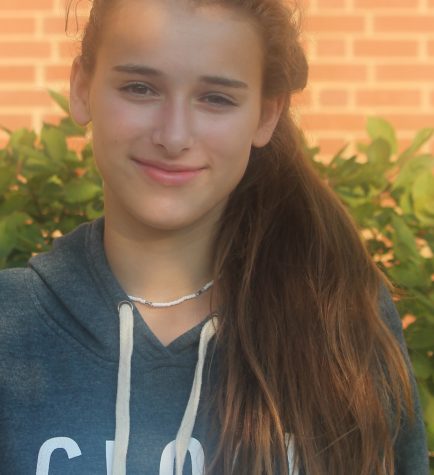
Ruby Gallegos is a 9th grader, and is participating in her first year of Globe as a reporter. She is very excited to expand her writing skills and knowledge of how to tell good...
Cicely is a junior and is in her first year of photojournalism. She joined because she wanted to get involved in the school and the newspaper specifically and she thought photography...


